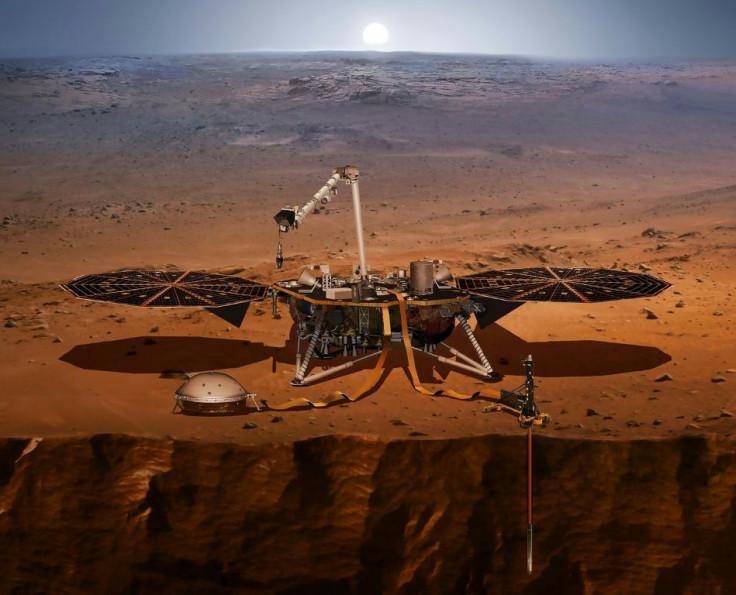NASA Mars Rover Hears 'Peculiar' Sounds On Red Planet [Listen Here]

NASA has released the various sounds recorded by its InSight robotic lander on Mars. Some of these include the sounds produced by earthquakes on the Red Planet, which are also known as marsquakes.
Usually, the sounds produced by Mars are too faint to be picked up by the human ear. Fortunately, NASA has equipped InSight with special equipment designed to pick up subtle vibrations.
The equipment, dubbed as the Seismic Experiment for Interior Structure (SEIS), was designed by France’s space agency Centre National d'Études Spatiales. Through SEIS, NASA’s robotic lander was able to record the actual sounds produced by marsquakes.
To date, the InSight team has already collected 100 audio events from Mars. Unfortunately, only 21 of these are distinct enough to be categorized as seismic activity on the Red Planet.
So far, the most prominent sounds occurred on SOL 173 and SOL 235, which can be best heard using a pair of earphones. According to NASA, these sound files have been slightly processed to make them more audible. Based on the files, the two recorded marsquakes feature subtle rumbles. They only become bass-heavy during certain times.
One of our favorite DJs, @NASAInSight, just dropped some new Martian beats! Listen to:
— NASA (@NASA) October 1, 2019
🔴 Marsquakes
💨 Wind gusts
🤖 InSight hard at work
and find out what these sounds tell us about a world far away from our own: https://t.co/Hn2Ql3xQvB pic.twitter.com/WdqSjZUdU7
Aside from Mars’ seismic activity, InSight’s SEIS was also able to pick up other peculiar sounds as it explored the Red Planet’s surface. In a new video shared via YouTube and Twitter, the various vibrations picked up by the lander can be heard. Some of these were generated by the lander’s arm as it moved while others came from Martian wind gusts.
Interestingly, the lander was also able to pick up other sounds on Mars during nighttime on the Red Planet. According to NASA, the sounds, which the agency referred to as “dinks and donks” may have been produced by the lander’s body and equipment as it reacted to the change in temperature in its environment.
“Evening is also when peculiar sounds that the InSight team has nicknamed ‘dinks and donks’ become more prevalent,” NASA stated.
“The team knows they’re coming from delicate parts within the seismometer expanding and contracting against one another and thinks heat loss may be the factor, similar to how a car engine ‘ticks’ after it’s turned off and begins cooling,” the agency added.
© Copyright IBTimes 2025. All rights reserved.





















